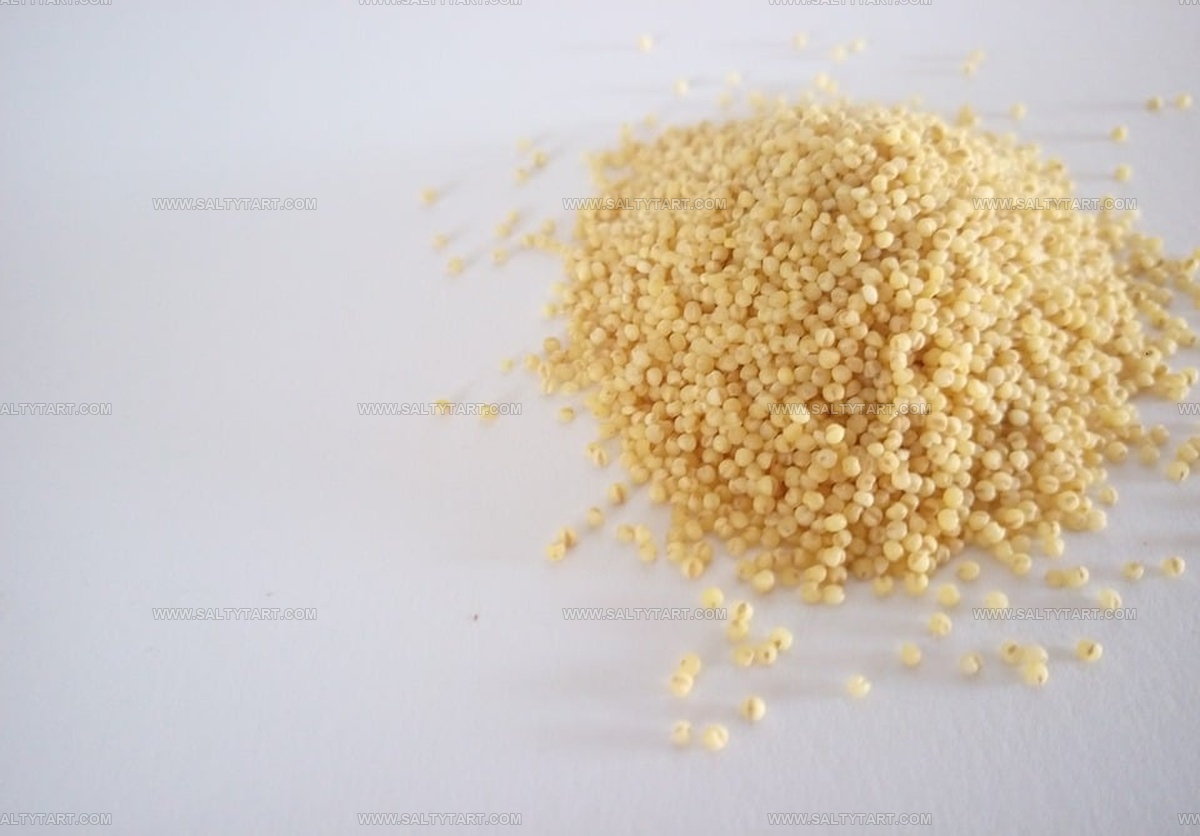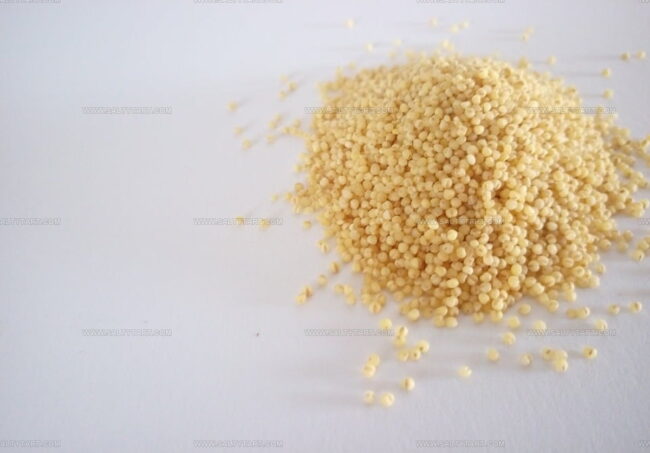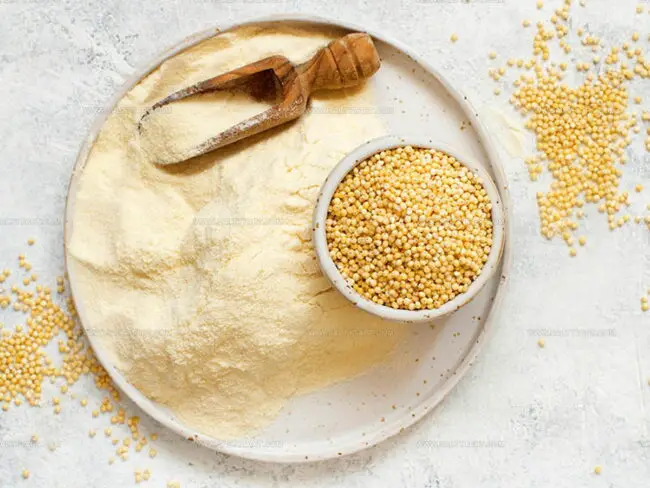What Does Millet Taste Like? A Nutty Grain That Goes with All
Millet, a versatile ancient grain, has been capturing the attention of health-conscious food enthusiasts worldwide.
Curious eaters often wonder about its culinary potential and unique flavor profile.
The small, round seeds pack a surprising nutritional punch that goes beyond typical grains.
Nutritionists and chefs have been experimenting with this gluten-free powerhouse in various dishes, from breakfast porridges to savory dinner recipes.
Its subtle characteristics make it an intriguing ingredient for those seeking alternative grain options.
Unlike more familiar grains, millet offers a distinctive experience that might challenge your taste expectations.
Uncover the delightful nuances of this remarkable grain and transform your understanding of wholesome, delicious eating.
How Millet Tastes
Millet offers a gentle flavor that works great as a breakfast cereal or quick snack.
Baking with this grain opens up fun possibilities.
Cooking millet creates a delightful gluten-free option that blends smoothly with other grains and legumes.
Crafting the tastiest millet dish involves mixing it with liquid and sprinkling in some exciting seasonings.
Grain lovers appreciate millet's remarkable similarity to rice, with a subtle nutty essence and corn-like undertones.
Millet naturally absorbs surrounding flavors, making it super adaptable in different recipes.
Shopping for dry millet helps prevent spoilage and maintains its unique character.
Its mild flavor profile shines in both sweet and savory meals, giving cooks lots of creative room to experiment.
Millet Varieties and Their Flavors
Millet is a group of ancient grains with several different varieties, each offering its own unique taste, texture, and best ways to enjoy them in meals:
Best Cooking Methods For Millet
Millet needs little work to make ready.
No soaking is needed before cooking; just rinse it first.
Millet tastes better with a nutty flavor when toasted for a few minutes, either in a dry pan or with a bit of oil or butter.
Millet cooks like most grains by boiling in water or broth for around 30 minutes until it swells and finishes cooking.
More water makes millet softer, and longer cooking creates a polenta-like texture.
Water to millet works best at 2 1/4 cups for each cup of millet.
Cooked millet feels light and fluffy.
Cooks can mix it into salads or sprinkle on bread.
Microwave cooking works as another option.
Millet also blends well in stews and soups.
Making a whole-grain millet bowl takes about thirty minutes.
Boiling often runs for an hour, similar to quinoa preparation.
Millet is ready to eat right after cooking.
Longer cooking involves toasting to boost flavor.
Chefs can toast millet in a wide pan, heating it over medium warmth until it smells good and looks ready.
After toasting, mixing with liquid makes it delicious.
Different Uses For Millet
Millet offers many cooking options for home chefs.
Small seeds work well scattered into baked goods for extra texture or helping thicken soup recipes.
Most often, millet becomes a warm breakfast porridge and serves as an excellent base for vegetarian patties, casseroles, and grain salads.
Cooks can enjoy millet in multiple ways.
Raw seeds add crunch to baked treats or help soups become thicker.
Breakfast porridge remains a popular choice, while kitchen experts also craft vegetarian patties and hearty grain salads using these tiny seeds.
Shoppers can find millet in whole grain or flour form through online markets.
Kitchen enthusiasts appreciate this flexible ingredient for making morning porridge, tasty salads, sweet cookies, and other delicious dishes.
Millet works wonderfully in different recipes, offering home cooks a simple and nutritious grain option.
Millet in International Dishes
Millet is a versatile grain enjoyed in many countries, adding a gentle, nutty flavor and a hearty texture to a wide variety of international dishes:
Is Millet Better Than Rice?
Millet stands out as a healthier rice substitute packed with more protein and fiber.
Unpolished millets support a healthy lifestyle because unprocessed foods contain rich minerals and vitamins.
Cooking millet follows a simple method.
Mix two cups of water with one cup of millet and add salt to taste.
After cooking, drain extra water and let it cool.
Baking in an oven or microwave creates interesting serving styles.
Frying millet in olive oil offers additional cooking options.
Weight watchers find little millet an excellent grain choice.
Millet works well as a rice replacement with significant health benefits.
Minerals like potassium, zinc, iron, and calcium fill its nutritional profile.
Vitamin B provides additional health support and acts as an antioxidant.
Millet's high fiber content helps control blood sugar and cholesterol better than white rice or wheat.
Dishes like idli, dosa, and chapatti digest quickly, impacting insulin levels.
Fiber-rich millet encourages slower eating and reduces overall food consumption.
Does Millet Taste Like Couscous?
Millet is a grain that takes on the flavor of whatever you cook it with, so its taste can change depending on the dish.
The texture of millet is a lot like couscous: soft and fluffy but the taste is closer to quinoa, with a mild, nutty flavor.
Millet was actually the original grain used for making couscous, before wheat became popular.
Today, couscous in the U.S. is usually made from semolina wheat, but in other places, couscous can be made from rice, corn, or even black-eyed peas.
Millet has a gentle corn-like flavor and tastes a little sweeter than some other grains.
Roasting millet before cooking brings out its nutty notes.
Like rice, millet is pretty plain by itself but soaks up the flavors of other ingredients really well.
Millet is naturally gluten-free, making it a good choice instead of couscous or pasta for people avoiding gluten.
It’s a good source of protein, vitamins, and minerals, and its high alkaline content makes it easy to digest.





Mike Reynolds
Founder & Recipe Developer
Expertise
Farm-to-table cuisine, Seasonal recipe development, Sustainable cooking techniques, Food photography
Education
Asheville-Buncombe Technical Community College (A-B Tech)
Associate Degree in Culinary Arts
Mike studied culinary arts with a strong focus on farm-to-table principles and sustainable cooking. His training emphasized the importance of fresh, local ingredients and environmentally responsible practices in the kitchen.
Mike’s food journey began deep in the Blue Ridge Mountains, where weekends at farmers’ markets and home-cooked meals sparked a lifelong obsession with simple, seasonal eating.
After earning his Associate Degree in Culinary Arts from Asheville-Buncombe Technical Community College, he set out to bring farm-to-table cooking into everyday kitchens, without the fuss.
Mike’s philosophy is all about keeping it fresh, unfussy, and full of heart. When he’s not crafting new single-serving recipes, he’s hiking mountain trails, chatting with local farmers, or experimenting with wild ingredients in his backyard kitchen.